Sub-Title:
Certification for OSHA 29 CRF 1910.147, Safety and Health Regulations for Construction; Electrical (1926 Subpart K)
Government Regulations:
OSHA’s standard on the Control of Hazardous Energy (Lockout/Tagout), found in Title 29 of the Code of Federal Regulations (CFR) Part 1910.147, spells out the steps employers must take to prevent accidents associated with hazardous energy.
Who Needs this Training?
All employees who operate equipment in areas where lockout tagout is being performed, as well as any employees who service or maintain such equipment are required to complete this Lockout Tagout Training to satisfy OSHA standard 29 CFR 1910.147.
Safety and Health Regulations for Construction; Electrical (1926 Subpart K)
Dangers of Remaining Uncertified
The importance of Lockout Tagout Training programs:
- Preventing the unexpected startup or release of energy from machines and equipment during servicing or maintenance.
- Employees face severe injuries, such as amputations, fractures, or even death if this hazardous energy is not controlled.
- Not only are these procedures essential for employee safety, they are required.
- Lockout-tagout is one of the top ten most frequently cited standards during worksite inspections in the United States, resulting in large fines to cited businesses.
- There are around 3,000 citations for lockout-tagout violations a year. The majority of those citations are in manufacturing facilities.
Included Topics
By the end of this course we will have covered the following topics:
Topic 1: Lockout Tagout Introduction – 07:38
Topic 2: Types of Hazardous Energy – 03:22
Topic 3: Energy Control Procedures – 08:42
Topic 4: Additional Requirements – 02:49
Course Layout
Course format consists of video instruction, intermediate quizzes and Final Knowledge Check
Course Duration
A minimum of 30 minutes is required to complete this course.
Recertification
Per OSHA 29 CFR 1910.147(c)(7)(iii)(A-C):
Retraining shall be provided for all authorized and affected employees whenever there is a change in their job assignments, a change in machines, equipment or processes that present a new hazard, or when there is a change in the energy control procedures.
Additional retraining shall also be conducted whenever a periodic inspection under paragraph (c)(6) of this section reveals, or whenever the employer has reason to believe that there are deviations from or inadequacies in the employee’s knowledge or use of the energy control procedures.
Certificate of Completion
A completion certificate is available for printing immediately upon successfully finishing the course.
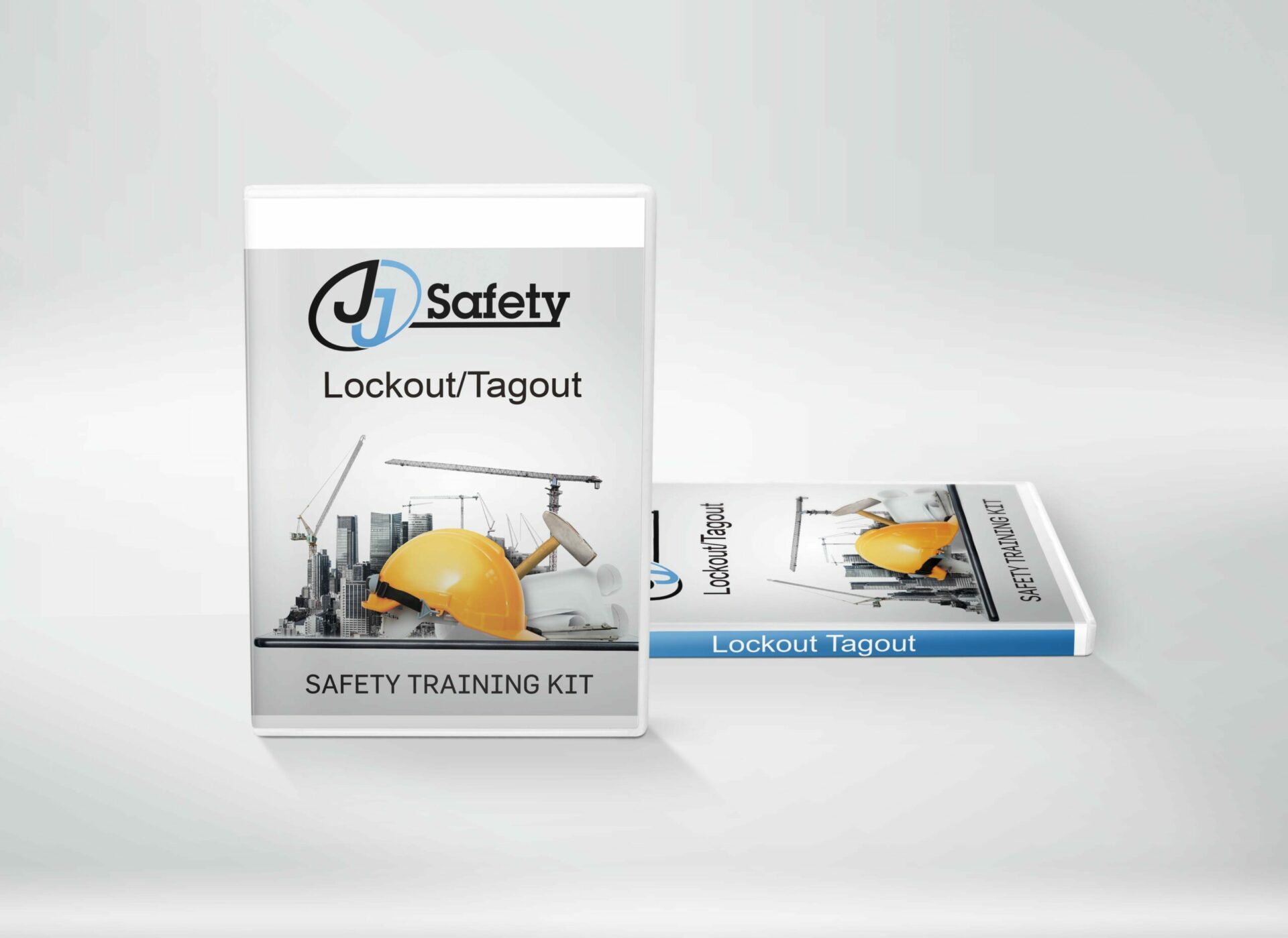
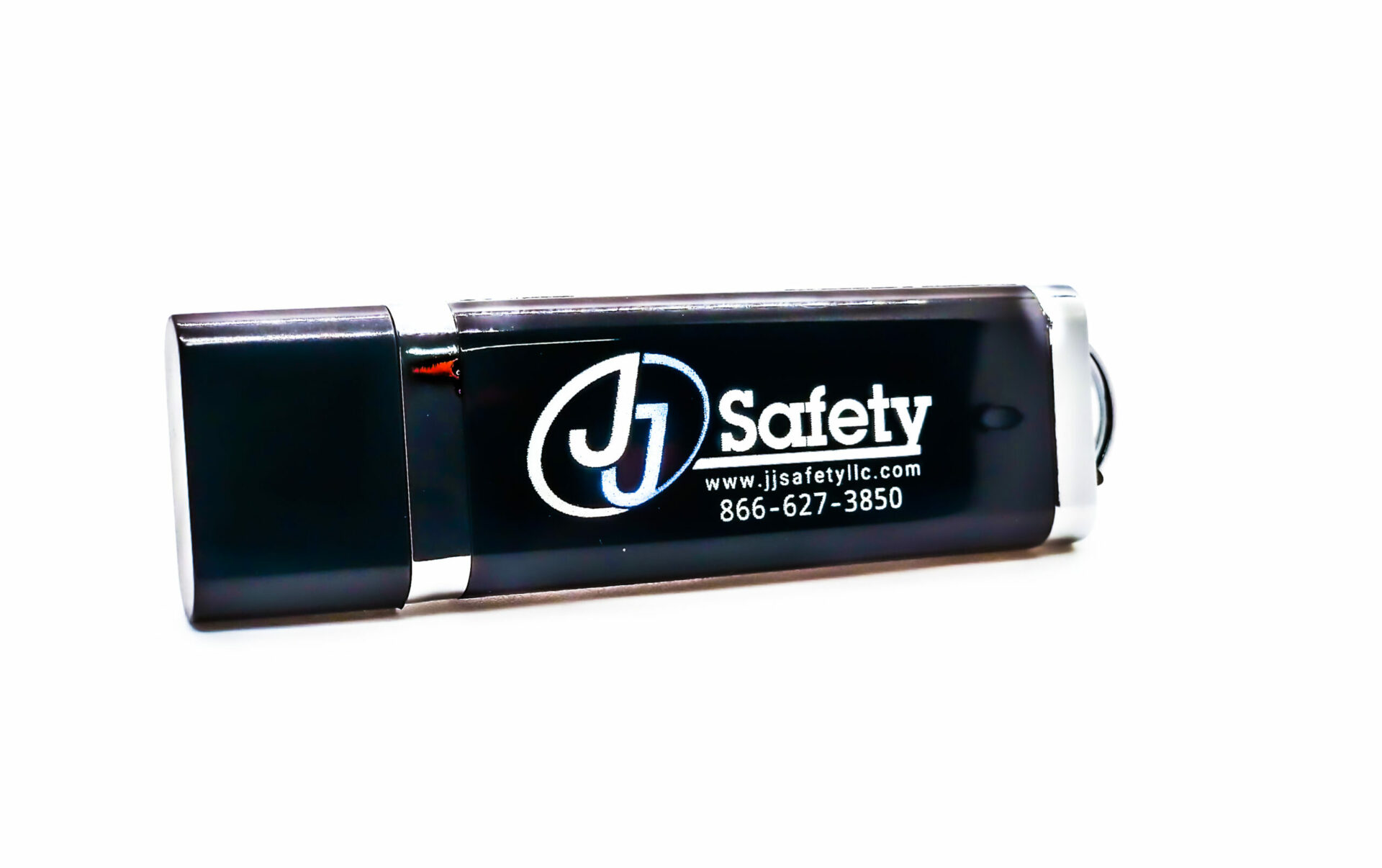

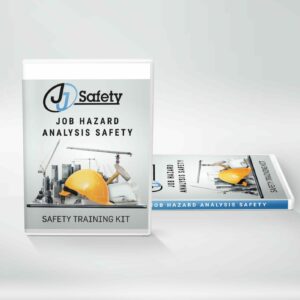

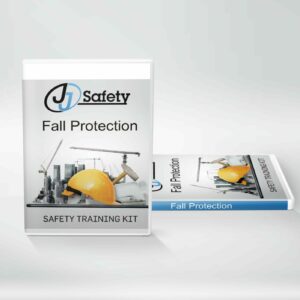
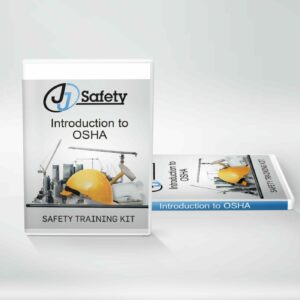
Reviews
There are no reviews yet.